Truth be told, I’ve never been a wine fan. I’d tasted a few at family parties when I was younger and found the vintages I sampled bitingly bitter. Once in a while I’d share Sangria with roommates, but my heart had always been with hard liquor, savoring rich Havana Club rum from my time in Cuba. The few times I’d tried wine, I’d been admonished for “chugging” it and not savoring the flavor. So wine had never been my forte.
Least, until I went to LA Cetto.
LA Cetto Winery – taken from the name of its founder, Don Luis Agustín Cetto – was established in 1928 as Cetto Winery at the heart of the Guadalupe Valley in Baja California, just north of Ensenada. Because of the dry climate, the area receives few insects to feed on the grapes, and the cool fog from the Pacific Ocean provide the right amount of moisture to help the grapes grow. Utilizing the rich soil of the area, Cetto rapidly grew what is now the largest and most bountiful winery in all of Mexico. His son, Don Luis Augustin Cetto, revolutionized the family’s traditional wine making practices in 1963 by experimenting with fine grapes in the various regions of the valley. With the help of Dr. Camillo Magoni, Augustin Cetto unlocked the secret of this landscape, finding the correct soil to use to make the perfect vintage.
In 1975, he officially he renamed the land LA Cetto Winery. The current and third owner of the wine, Don Luis Alberto Cetto, continues the family’s tradition of wine making with 75 year old techniques with the revolutionary practices that have won the winery over 150 awards.
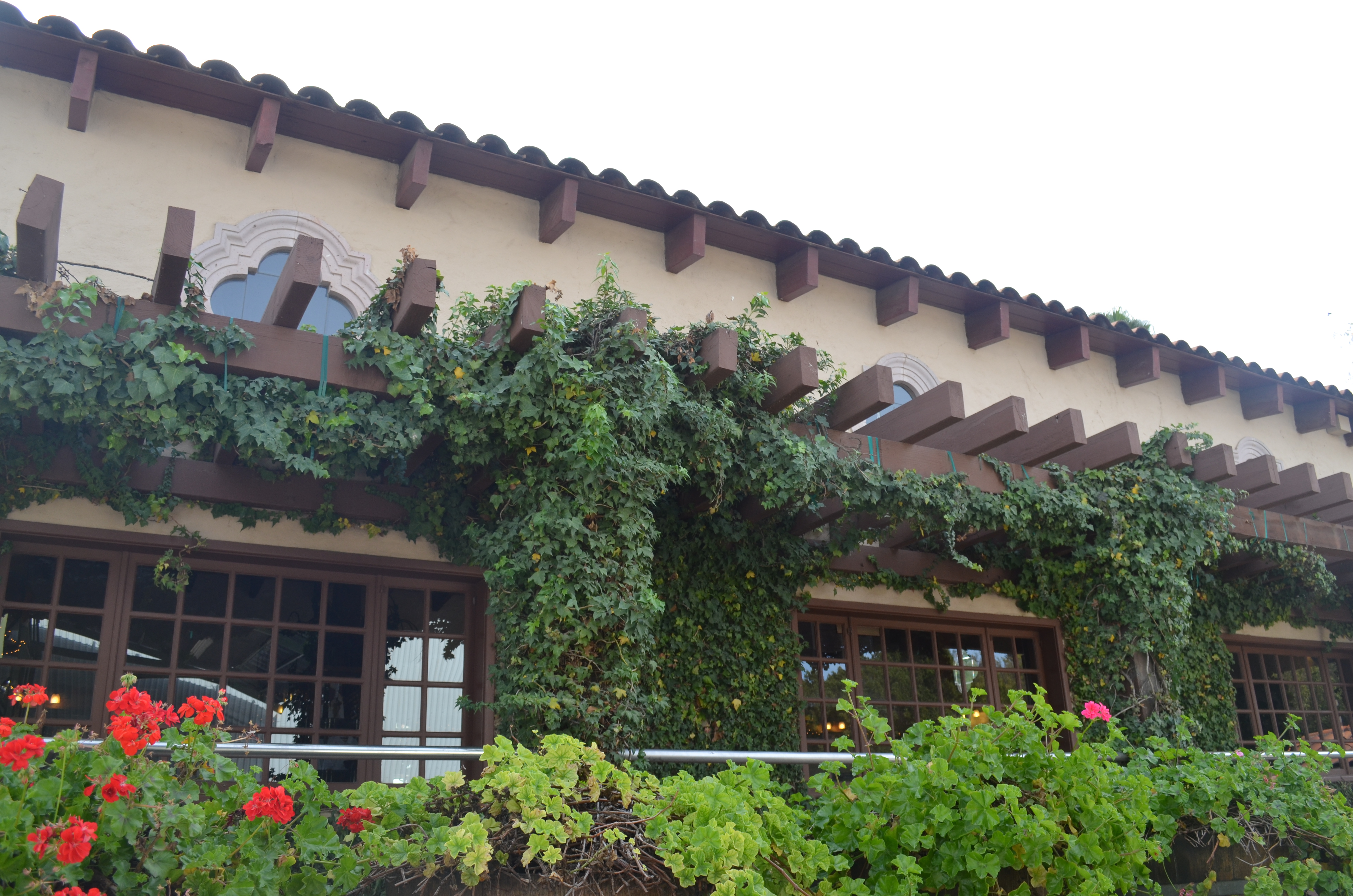 Following my time whale watching in Guerroro Negro, I was riding a bit of a high as we traveled back north to the US-Mexico Border, despite the long ride. After resting a night in Ensenada, we set out for Guadalupe Valley. Despite growing up in the wine country of Temecula Valley, I had never tried a wine tasting, so I had few expectations about the trip.
Following my time whale watching in Guerroro Negro, I was riding a bit of a high as we traveled back north to the US-Mexico Border, despite the long ride. After resting a night in Ensenada, we set out for Guadalupe Valley. Despite growing up in the wine country of Temecula Valley, I had never tried a wine tasting, so I had few expectations about the trip.
But, while wine had never been a go-to drink for me, the process did fascinate me. We like to call every guide an “expert,” but for this tour I found the word extremely fitting. He knew every step to the process, explaining in great detail the different techniques used for the white and red wines, where the barrels were imported from, how fast the bottling machine could package the wines (40 bottles a minute, cork, label, and all), how each vine is carefully watered, and so much more. Even with what I recorded on my phone, I couldn’t fully comprehend the magnitude of the wine making process, and have to applaud my guide’s expansive knowledge of the subject.
The actually tasting took place a little afterwards in a small tasting room in the back of their store. Our guide flourished a dozen gorgeous LA Cetto glasses and 4 wines, composed of two whites and two reds. The first was a white wine, Blanc de Blanc, composed of 50% Chenin Blanc and 50% Colombard. A young wine – meaning, it went straight from the fermentation tank to the bottle – it tasted a little light, even to my inexperienced palate, but also sweet.
The second was another white and, as our guide explains, is semi-sweet, with a particularly fruity flavor. It tasted more like what I traditionally associated with wine, a mild sweetness, but still the bitterness that kept me from enjoying it further. That’s not to say I didn’t enjoy it, but it was the weakest of the four for me.
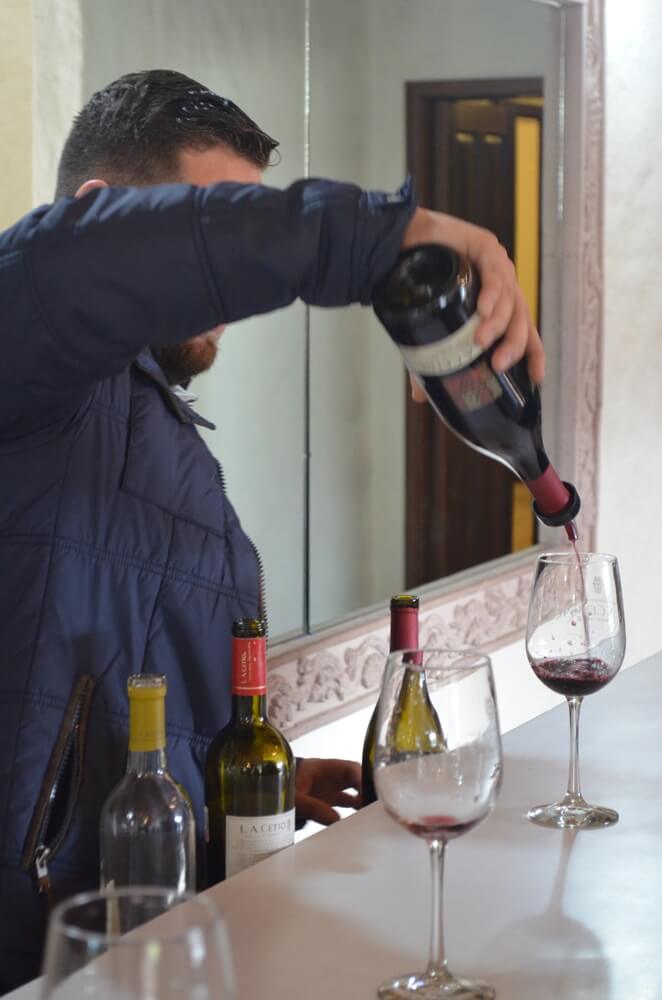 From here, we moved on to the red wines which, I must say, took my heart. Unlike the young wines, this one was aged in a Yugoslavian barrel for 8 months before moving to the bottle, going through the whole process. A Zinfandel, it had a perfect balance to me, somewhere between the sweetness of Sangria and the bitterness of a white. The small taste of vanilla also helped.
From here, we moved on to the red wines which, I must say, took my heart. Unlike the young wines, this one was aged in a Yugoslavian barrel for 8 months before moving to the bottle, going through the whole process. A Zinfandel, it had a perfect balance to me, somewhere between the sweetness of Sangria and the bitterness of a white. The small taste of vanilla also helped.
The final red we tasted complimented it quite well, having a light chocolate taste and smell – perfect for slating my sweet tooth. Known as a Petit Sirah, it definitely trumped all the other wines that came before it in my mind (though, this was my fourth glass, so my opinion may have been manipulated). Besides the chocolate flavor, the wine had a drier taste but also a blend of spices. All these conflicted tastes mixed together very well.
Following this wine, we enjoyed a brief game after the tasting guessing the price of the wines as members of our group suggested everywhere from $20 to $200 for a single bottle. We were delighted to find it was only $8.
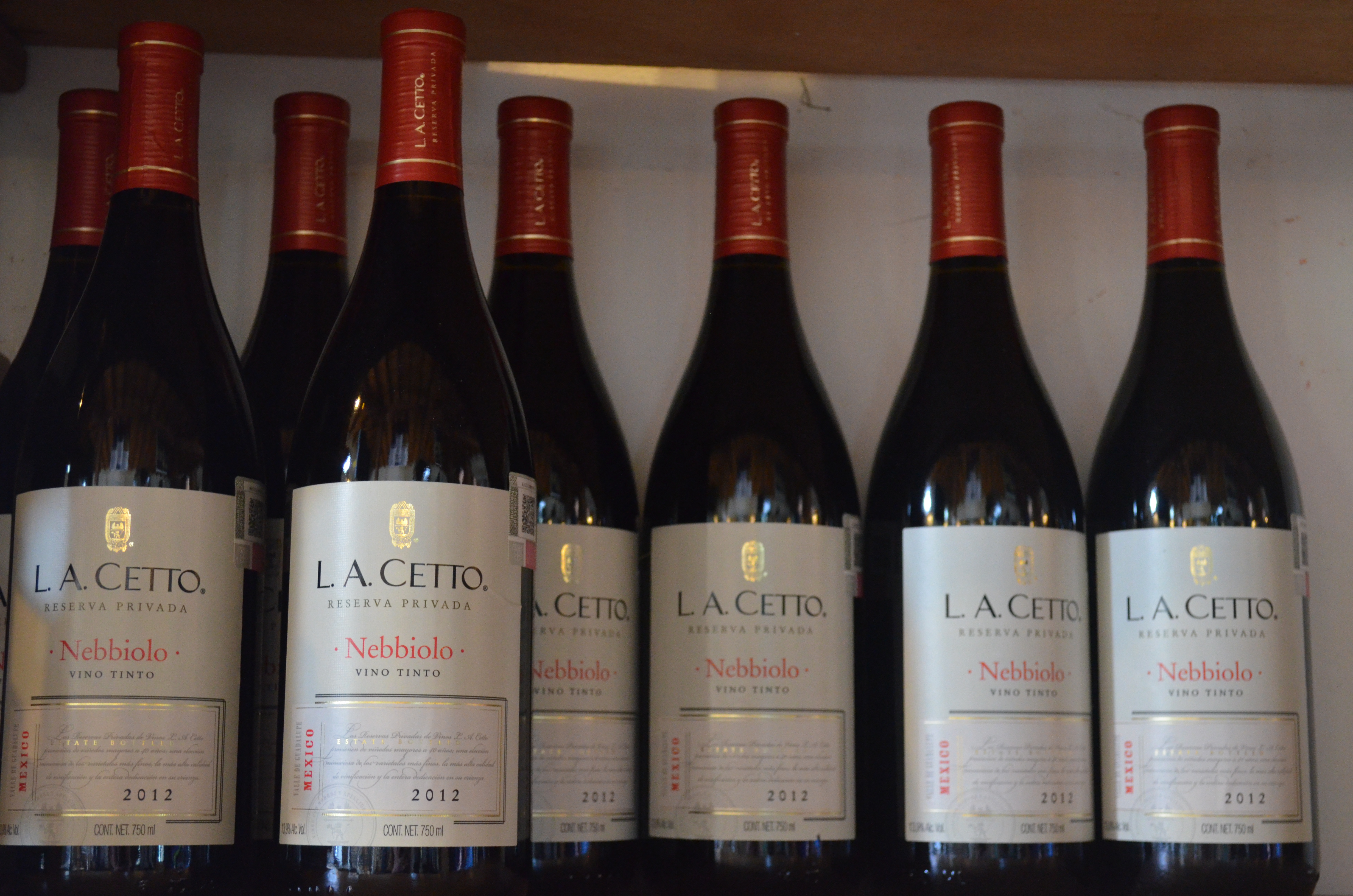 Even more to our delight, was the fact that this was not our last wine. Our guide surprised us with one final, premium red wine, bottled in 2012. Described as a blend of coffee, chocolate, and caramel flavors, the wine didn’t have a single overpowering flavor. Instead, the wine felt smooth, lacking the “kick” that most alcohol has on the first taste. I enjoyed this one the most of them all (a running theme, I noticed, after the second glass) because of how easy it was too drink.
Even more to our delight, was the fact that this was not our last wine. Our guide surprised us with one final, premium red wine, bottled in 2012. Described as a blend of coffee, chocolate, and caramel flavors, the wine didn’t have a single overpowering flavor. Instead, the wine felt smooth, lacking the “kick” that most alcohol has on the first taste. I enjoyed this one the most of them all (a running theme, I noticed, after the second glass) because of how easy it was too drink.
Cabernet Sauvignon. This was the wine I had to take home with me.
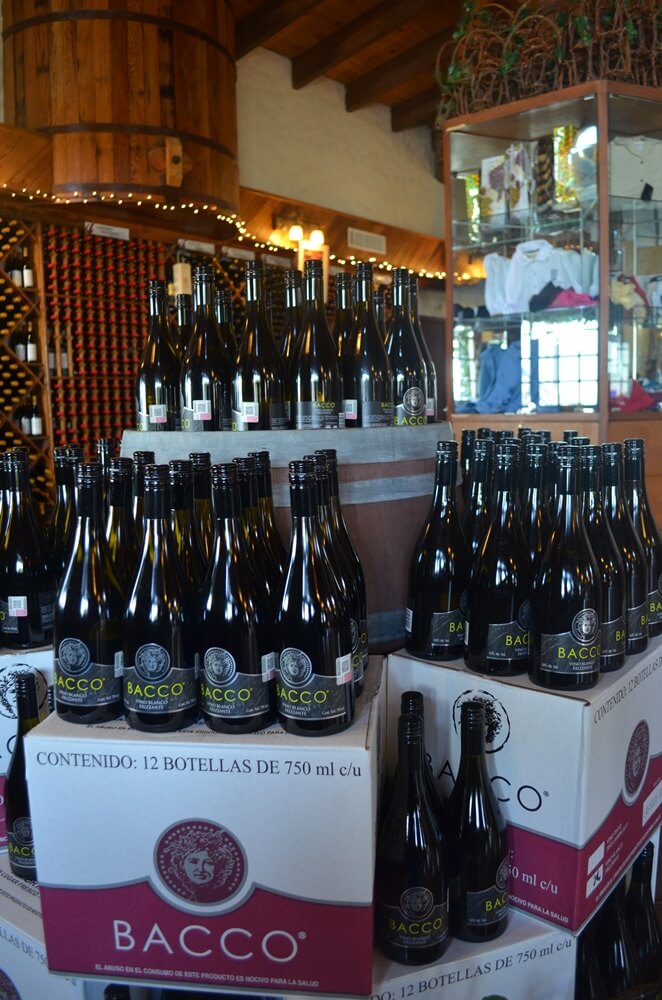
After the tasting, my group got a little trapped in the store, going back in forth over different vintages. We’d been informed that we could only transport 2 bottles across the border – a depressing fact set beside the wide selection of bottles to choose from. As a result, our guide couldn’t escape us, his expert opinion too important in our quest for the perfect pairing of bottles.
1 white, 1 red?
I prefer white, but maybe I should branch out more.
Do I really have to be limited to 2? Can I get a smaller bottle?
And so it went as we picked out bottles only to put them back 5 minutes later when we found something more tempting. I stuck with my bottle of Cabernet and sampled a lighter Chardonnay, both of which I’m hoarding for a special occasion. I even picked up two pairs of vinegar, another specialty of the winery, which had no restrictions with the border. This was discovered by my group, who quickly rounded the winery’s staff up to package boxes of the bottles as souvenirs for our friends and family. Knowing my family had an aversion to vinegar, I stuck with my two little bottles.
We finished the day above Guadalupe Valley at LA Cetto’s private bull fighting ring and amphitheater. Deserted during our visit, the area is to be filled out from August 5 – 21 for Fiestas de la Vendimia, the annual wine harvest festival hosted in Guadalupe Valley. From here we received stunning views of the valley, filled to the brim as wineries stretched out before us from one hill to the next.
Enjoy a LA Cetto Winery tour alongside a trip to Ojo de Liebre to see the with the migratory gray whales during their mating season with the Baja Whale Watching Tour running until April 1st.
Further Reading:
LA Cetto History
LA Cetto – A Brief History of the Mexican Winery
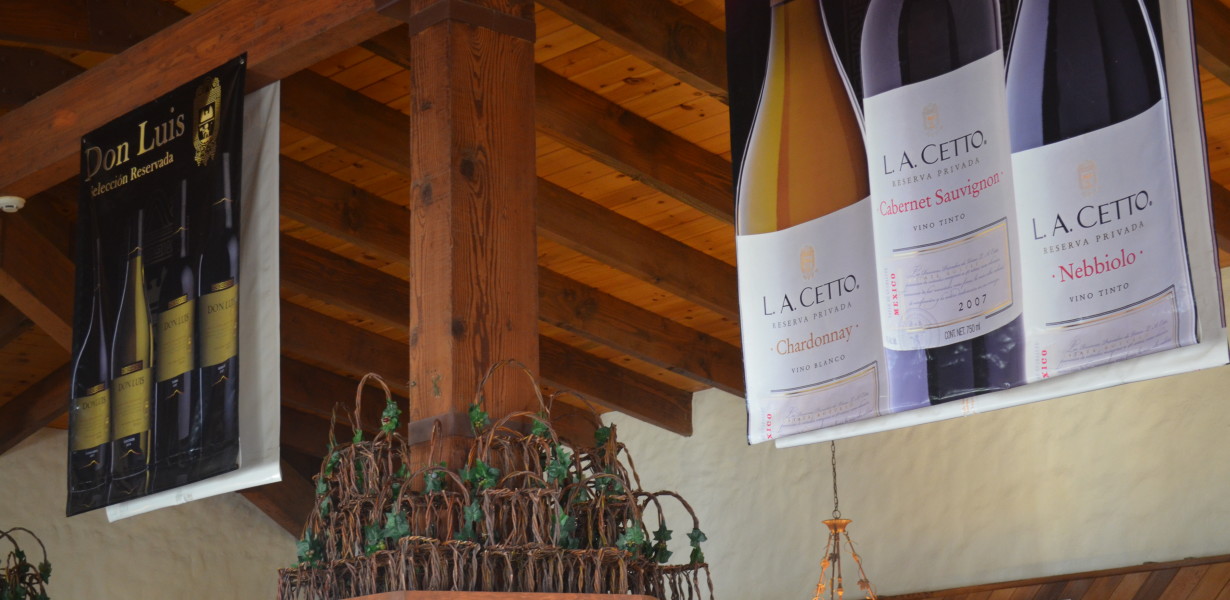

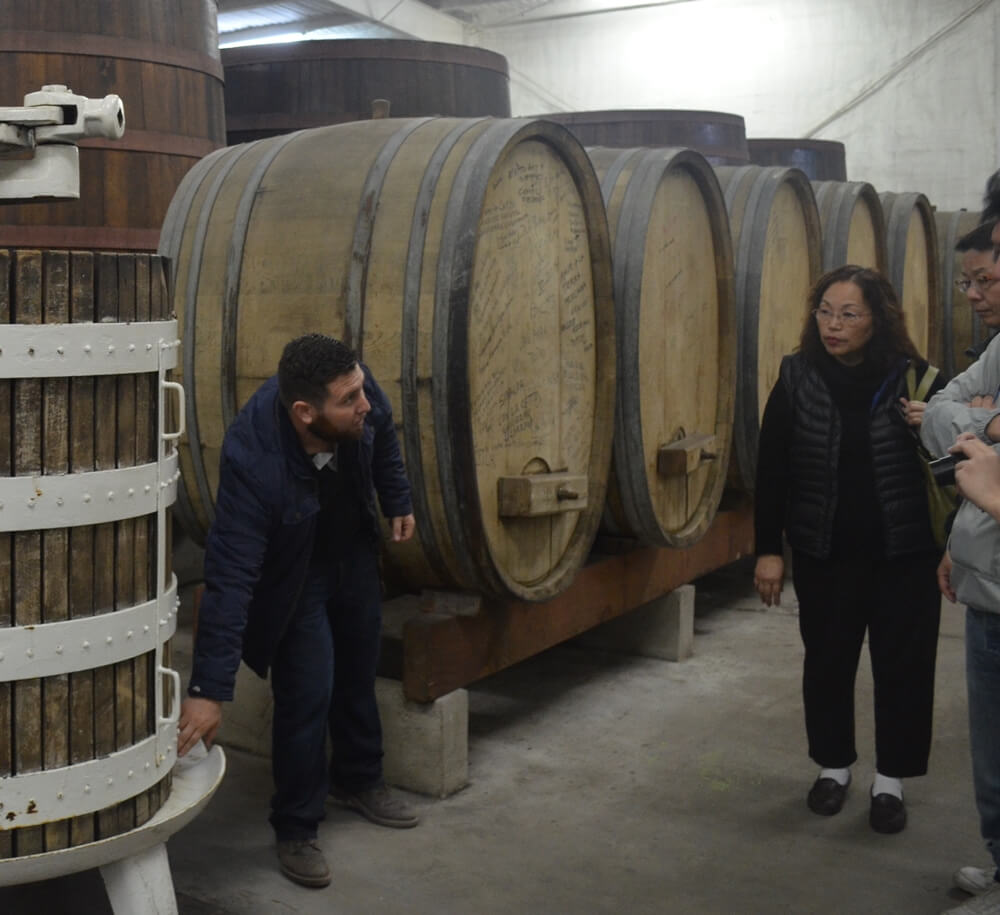
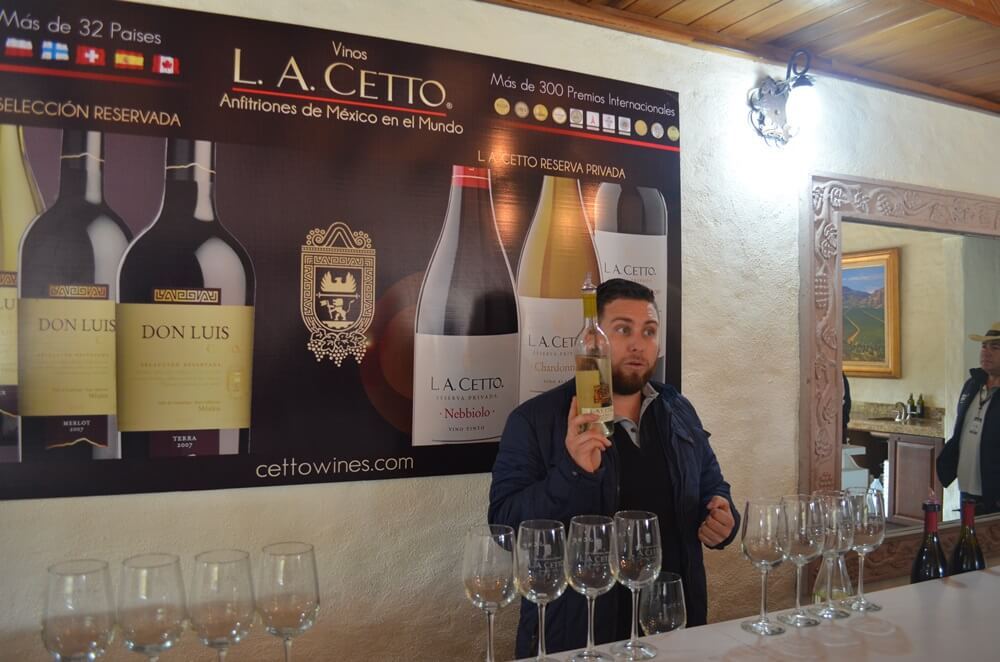
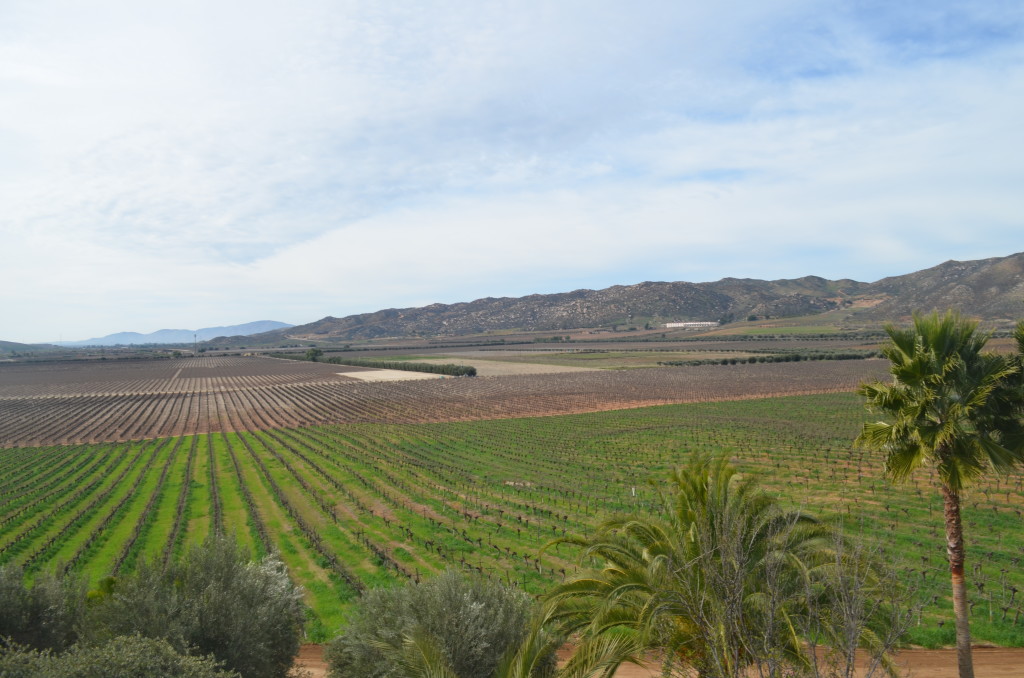





There are no comments.